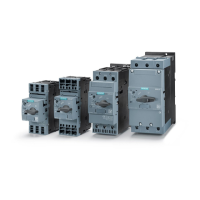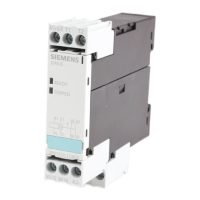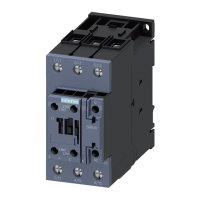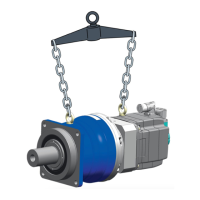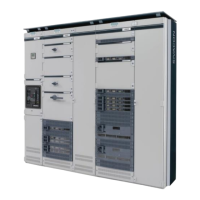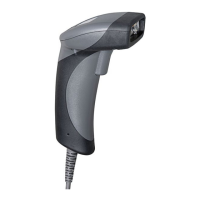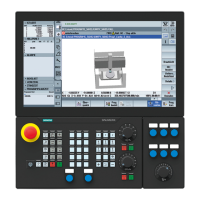Glossary
SIRIUS Innovations
774 System Manual, 01/2011, A8E56203870002-03
Timing relay
Switching device with electronic time delay, which opens or closes contacts after a specified
period of time has elapsed.
Tripping characteristic curve
The tripping characteristic (curve) is the graphical representation of the relationship between
the tripping time and the controlling variable. The time-current diagram can be used to find
out, for example, how long it will take for the release or the tripping relay to respond at a
particular current.
Tripping class (CLASS)
The tripping class of a current-dependent overload relay (including thermal and solid-state
overload relays and releases) specifies the maximum tripping time from cold at a particular
load. The tripping class number (e.g. CLASS 10, 20, 30) represents the maximum
permissible tripping time in seconds when the relay is subjected to a symmetrical 3-pole load
from cold with 7.2 times the current setting (IEC 947-4-1; DIN VDE 0660 Part 107). Tripping
classes 20 and 30 are used for protecting the motor under heavy-duty starting conditions, for
example.
Tripping current (of an overload release)
The current value at which a release trips within a certain time.
Types of coordination
Standard DIN EN 60947-4-1 (VDE 0660 Part 102) or IEC 60947-4-1 distinguishes between
two types of coordination (type of coordination), which are referred to as coordination type
"1" and coordination type "2". The short circuit that needs to be dealt with is cleared reliably
and safely with both types of coordination; the only differences are in the extent of the
damage sustained by the device following a short circuit.
For additional information, please refer to the appendix.
Utilization category
According to DIN EN 60947-4-1, the application area of and the load applied to power
contactors can be identified by looking at the specified utilization category in conjunction with
the specified rated operational current or the motor power and the rated voltage. An example
is utilization category AC-3 for starting and switching off squirrel-cage motors.
Voltage ramp
The SIRIUS 3RW30 and 3RW40 soft starters achieve soft starting by means of a voltage
ramp. The motor terminal voltage is increased from a parameterizable starting voltage up to
the line voltage within a definable start time.
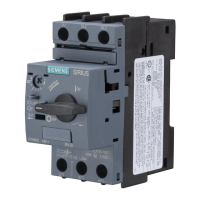
